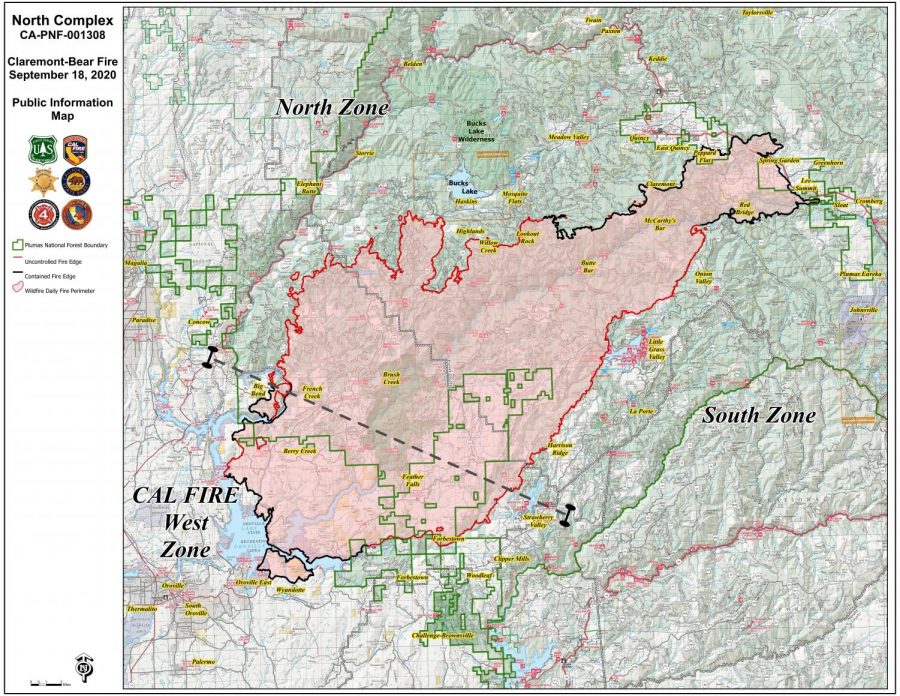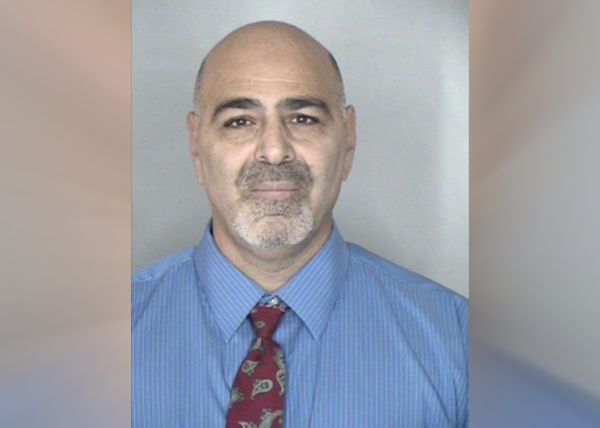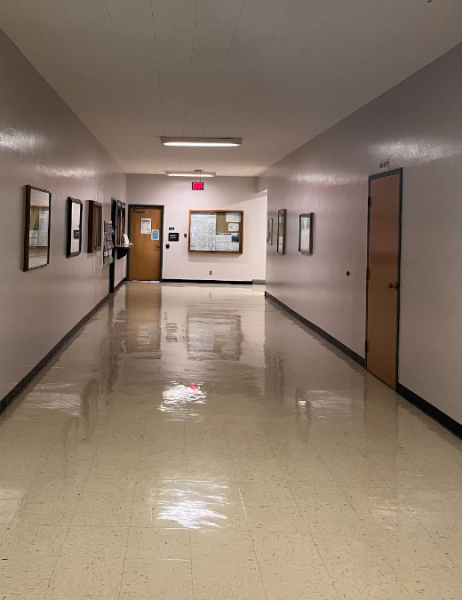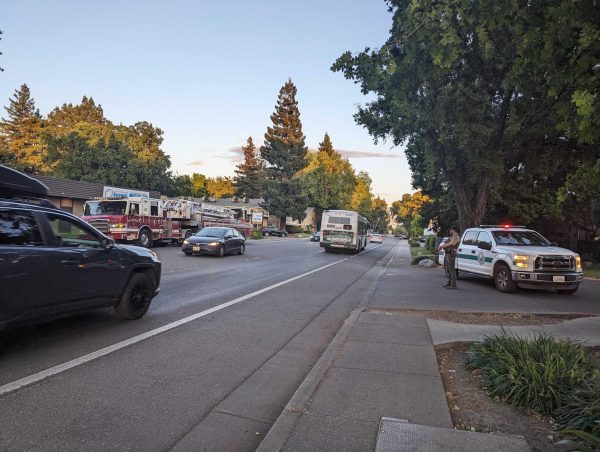North Complex Fire reaches 40% containment; now one of California’s Top 5 deadliest and largest wildfires
The North Complex Fire has burned more than 10,000 acres since Wednesday’s community briefing—although weather conditions have been favorable in its gradual containment.
“Between pandemics, other fires, civil unrest, I just want to make sure that people don’t forget this incident,” said John Messina, Butte County Fire Chief. “We are in the Top 5 for most deadly and largest wildfires currently, and we’re fastly approaching the Top 5 in the most destructive.”
News items from Thursday’s community briefing included:
- The North Complex Fire has burned over 284,000 acres with 40% containment
- Butte County has responded to 185 welfare calls; 169 people have been located, 1 person is still missing and 15 are confirmed dead
- The California wildfires have claimed 25 lives since Aug. 15
- 727 single-residence structures have been destroyed
- Over 17,400 firefighters are battling fires throughout California
- 29 major fires or complexes are burning as 3.4 million acres have been burned throughout the state
- No new arrests have been made for illegal entry of evacuated properties
Dan Borsum, an incident meteorologist, expects cooler temperatures, lower humidity and quiet winds on Friday and Saturday.
“We did have a cold front move through the area today,” Borsum said. “It was the feature that moved the smoke to the east of the area. It did bring a period of gusty winds this afternoon.”
Borsum predicts the valley will experience smokier conditions as a side effect of the wind shifting west. With several wildfires raging throughout California, Borsum stressed that the smoke expected to drift into the area will not be from the North Complex Fire.
Dr. Bob Bernstein, a Butte County health officer, discussed the health hazards posed by the fire. Bernstein urged survivors to avoid living on properties destroyed by the fire until the property has been deemed safe and clear of hazardous waste by officials.
Hazardous materials including carcinogens, heavy metals, lead, mercury, arsenic, asbestos, dioxins and radioactive materials can affect homes after a fire of this magnitude. Exposure to these substances can lead to acute and chronic health issues and adverse environmental and public health effects.
“The county is working with various state and federal partners to establish a process for the assessment and removal of household hazardous waste, including asbestos as well as structural ash and debris from the fire,” Bernstein said.
Matthew Wreden and Chloe Curtis can be reached at [email protected] or @bymattwreden and @ChloeCurtis__ on Twitter.

















